By Teslin Marie Ruge Age 10
Intro: Dog sledding is a very fun sport. There are 2 different breeds of Huskies. Huskies are the breeds that pull sleds in the winter and whenever there is snow. They also run races pulling their masters…. also called musher’s over the snow on the trail. They also do long trips over the snow and even the ice. There is also a sport called skijoring which is when you get pulled on your skies by a dog.
The Siberian husky: The Siberian husky is the breed that the mushers usually use for long or short trips. They love to run, but they are not usually used for races, because they are not as fast as the Alaskan Husky, the other breed of Huskies. This breed of husky also makes good outdoor pets. They are also known to be great and gentle with children and adults. They have a lot of layers of fur, so they can get really hot being inside. When they are sleeping outside in the snow or cold, they wrap their bushy and warm tails around their nose and face to stay warm. In Denali National Park, they use Siberian huskies to patrol the park in the winter when all the roads are closed. Their job is to make sure that no one is hunting in the park or doing damage to the park. When there is no snow, the rangers use trucks and ATV’s to patrol. They will also hike the back country. In the fall, when there is not any snow, they start to condition the dogs by letting the dogs pull ATV’s to train them for winter. At this point, the puppies that were born the previous spring start to go along with the sled and begin their training. A lot of the training is taught by the adult dogs as well as the rangers. In the winter, they will go out for up to three weeks and will stop at little cabins to rest where there is food and a fireplace where the Rangers can warm up. Meanwhile, the dogs stay outside and curl up in the snow for warmth. They usually stay at these cabins for 1 to 2 days.
The Alaskan Husky: The Alaskan Husky has a lot of things that are different from the Siberian husky. First of all, the Alaskan Husky’s are fast and skinny and are always used for races. They are like this because the musher almost always asks the breeders to breed them with fast and long legged dogs, including hounds and hunting dogs. The mushers want this because they want their dogs to be fast.
Mushers: Musher’s are the owners of the dogs. They run the dogs on trails, do races with the dogs, and take care of them. The mushers use the commands “Gee”, “Haw”, “Hike”, and “Easy” to control the dogs. The command “Gee” is to turn left, ‘Haw” is to turn right, “Easy” is to make the dogs slow down or stop, and “Hike” is to make them go faster. Since it is very cold weather, the mushers have to wear a lot of warmth. They have to also wear a protective coat. A protective coat is to protect you if you fall off the sled while being pulled. When racing, the mushers often put coats on their dog team so they will not get too cold to race. They will also put booties on the Alaskan Huskies because without them they will get chunks of ice in their pads which can cut them. They don’t put booties on the Siberian Huskies because their foot pads and feet are especially adapted to the cold and snow and they can even go through slushy ice and water without booties.
The Works: The sleds are usually really strong and light. Today, the sleds are usually made of Kevlar and carbon fibers so that they are light. In the past, they used to use wooden sleds but they got too heavy for racing. The runners are the part of the sled that slides along the snow and support the rest of the sled. They are usually made of aluminum and are covered with plastic on the bottom. This provides a slick surface and also reduces drag. The footboards stand on top of the runners and are what the Mushers stand on. They are usually made of rubber or some non-skid material. They are usually narrow and stand at the end of the runners. The bush brow is the bumper of the sled and is right out in front. It is there is to deflect tree and bush branches and to take collisions and hits. The cargo bed is where all the food and supplies are stored during a trip or a race. The sleds always have a handlebar so the Mushers can hold on. Sleds also have a brake. The brake is an aluminum or steel bar that is in a U shape. Two metal claws hang down fro m the bar. When stepped on, the claws dig into the snow and stop or slow the team. If this doesn’t work, the Musher will usually turn over the sled on purpose to make drag.
THE IDITAROD This race is more than 1,150 miles from Anchorage, in south Central Alaska, to Nome, or the Western coast of the Bering Sea. Each team of 12 to 16 dogs and their Musher cover the entire course in times that range from under d10 days to three weeks. The race begins in Anchorage on the first Saturday in March with a run in the downtown area. Then the dogs are trucked in cars 40 miles north to Wasilla where the official race begins.
AUTHOR’S NOTE: I chose to study sled dogs because I, Mom, Dad, and Cassidy went to two different kennels in Alaska and I was really interested in the dogs so I decided to do them for a report and put them on the blog. I hope you enjoyed reading it as much as I enjoyed writing it. Please comment if any of you know anything about sled dogs and if I got anything wrong. My e-mail is fairyvet96@gmail.com.
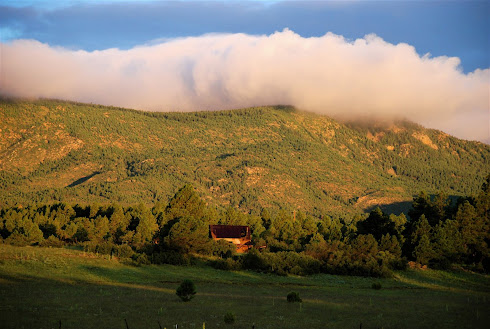

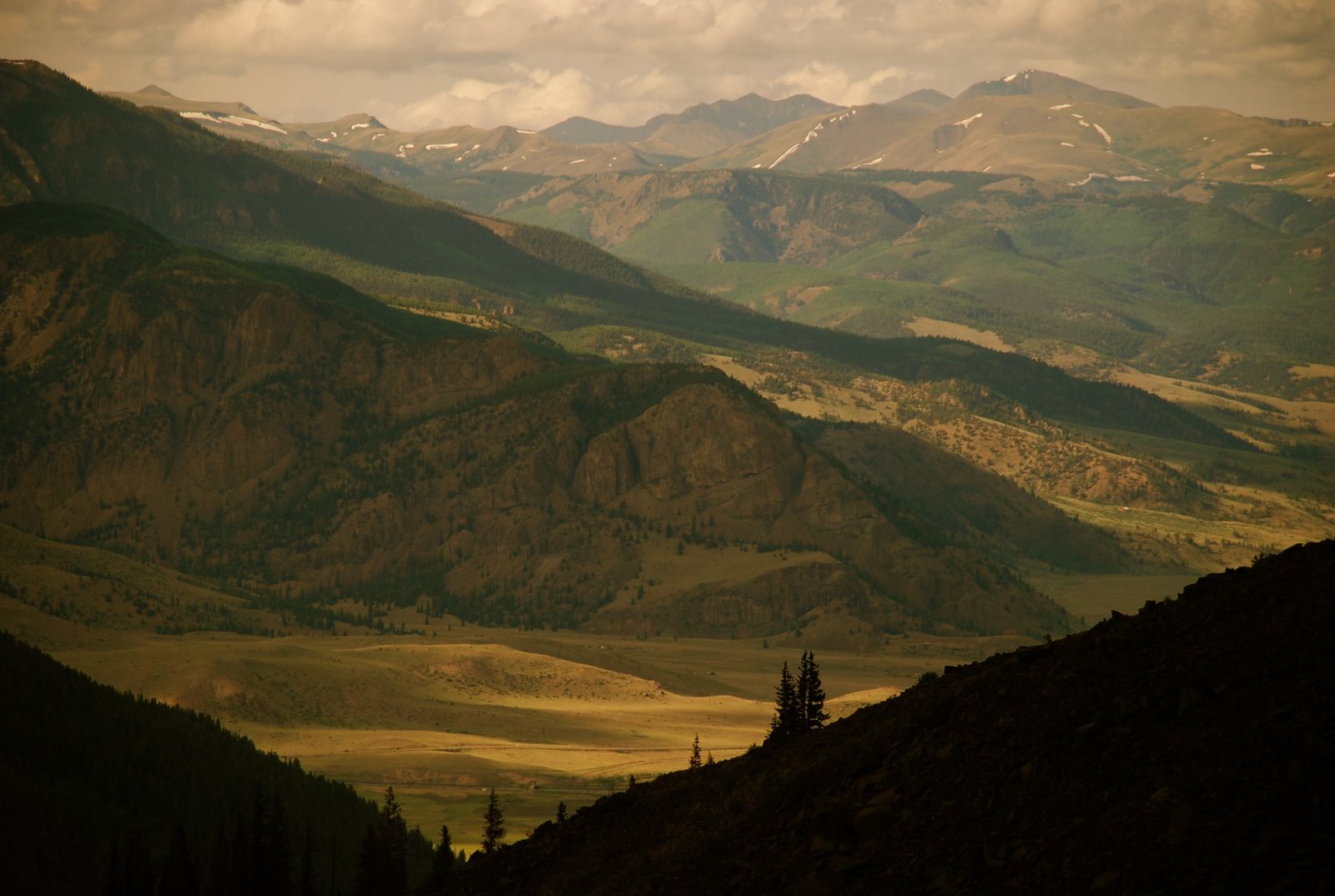




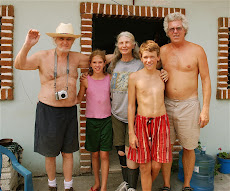

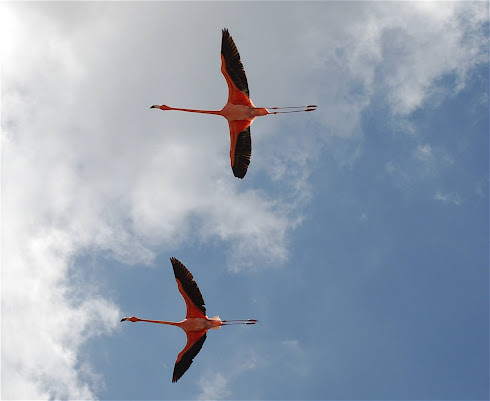
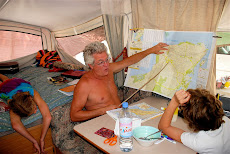







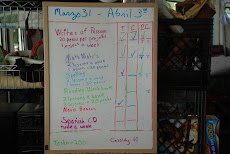





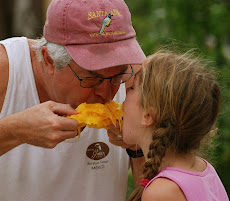

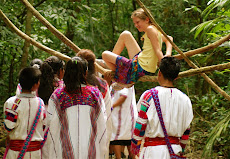


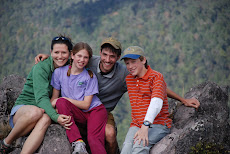





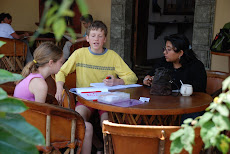






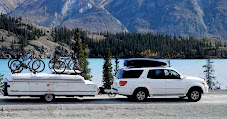

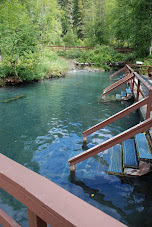

3 comments:
Hi,
Sadly, many sled dogs are abused. Some are abused in the Iditarod, a race that's terribly cruel to dogs. For the facts, visit the Sled Dog Action Coalition website, http://www.helpsleddogs.org .
In the Iditarod, dogs are forced to run 1,150 miles, which is the approximate distance between New York City and Miami, Florida, over a grueling terrain in 8 to 16 days. Dog deaths and injuries are common in the race. USA Today sports columnist Jon Saraceno called the Iditarod "a travesty of grueling proportions" and "Ihurtadog." Fox sportscaster Jim Rome called it "I-killed-a-dog." Orlando Sentinel sports columnist George Diaz said the race is "a barbaric ritual" and "an illegal sweatshop for dogs." USA Today business columnist Bruce Horovitz said the race is a "public-relations minefield."
The Sled Dog Action Coalition (SDAC) was founded in 1999 to educate America about the exploitation of sled dogs in Alaska's annual Iditarod dog sled race. The SDAC and its efforts to educate people about the brutalities associated with the Iditarod was profiled in USA Today and in the Miami Herald.
Please visit the SDAC website http://www.helpsleddogs.org to see pictures, and for more information. Be sure to read the quotes on http://www.helpsleddogs.org/remarks.htm and on all the quote pages that link to it. Links can be found in the drop box at the top and at the bottom of the page. All of the material on the site is true and verifiable.
Here's a short list of what happens to the dogs during the Iditarod: death, paralysis, penile frostbite, bleeding ulcers, bloody diarrhea, lung damage, pneumonia, ruptured discs, viral diseases, broken bones, torn muscles and tendons, vomiting, hypothermia, sprains, fur loss, broken teeth, torn footpads and anemia.
At least 133 dogs have died in the Iditarod. There is no official count of dog deaths available for the race's early years. In "WinterDance: the Fine Madness of Running the Iditarod," a nonfiction book, Gary Paulsen describes witnessing an Iditarod musher brutally kicking a dog to death during the race. He wrote, "All the time he was kicking the dog. Not with the imprecision of anger, the kicks, not kicks to match his rage but aimed, clinical vicious kicks. Kicks meant to hurt deeply, to cause serious injury. Kicks meant to kill."
Causes of death have also included strangulation in towlines, internal hemorrhaging after being gouged by a sled, liver injury, heart failure, and pneumonia. "Sudden death" and "external myopathy," a fatal condition in which a dog's muscles and organs deteriorate during extreme or prolonged exercise, have also occurred. The 1976 Iditarod winner, Jerry Riley, was accused of striking his dog with a snow hook (a large, sharp and heavy metal claw). In 1996, one of Rick Swenson's dogs died while he mushed his team through waist-deep water and ice. The Iditarod Trail Committee banned both mushers from the race but later reinstated them. In many states these incidents would be considered animal cruelty. Swenson is now on the Iditarod Board of Directors.
In the 2001 Iditarod, a sick dog was sent to a prison to be cared for by inmates and received no veterinary care. He was chained up in the cold and died. Another dog died by suffocating on his own vomit.
No one knows how many dogs die in training or after the race each year.
On average, 53 percent of the dogs who start the race do not make it across the finish line. According to a report published in the American Journal of Respiratory and Critical Care Medicine, of those who do cross, 81 percent have lung damage. A report published in the Journal of Veterinary Internal Medicine said that 61 percent of the dogs who finish the Iditarod have ulcers versus zero percent pre-race.
Tom Classen, retired Air Force colonel and Alaskan resident for over 40 years, tells us that the dogs are beaten into submission:
"They've had the hell beaten out of them." "You don't just whisper into their ears, ‘OK, stand there until I tell you to run like the devil.' They understand one thing: a beating. These dogs are beaten into submission the same way elephants are trained for a circus. The mushers will deny it. And you know what? They are all lying." -USA Today, March 3, 2000 in Jon Saraceno's column
Beatings and whippings are common. Jim Welch says in his book Speed Mushing Manual, "I heard one highly respected [sled dog] driver once state that "‘Alaskans like the kind of dog they can beat on.'" "Nagging a dog team is cruel and ineffective...A training device such as a whip is not cruel at all but is effective." "It is a common training device in use among dog mushers...A whip is a very humane training tool."
During the 2007 Iditarod, eyewitnesses reported that musher Ramy Brooks kicked, punched and beat his dogs with a ski pole and a chain. Brooks admitted to hitting his dogs with a wooden trail marker when they refused to run. The Iditarod Trail Committee suspended Brooks for two years, but only for the actions he admitted. By ignoring eyewitness accounts, the Iditarod encouraged animal abuse. When mushers know that eyewitness accounts will be disregarded, they are more likely to hurt their dogs and lie about it later.
Mushers believe in "culling" or killing unwanted dogs, including puppies. Many dogs who are permanently disabled in the Iditarod, or who are unwanted for any reason, are killed with a shot to the head, dragged or clubbed to death. "On-going cruelty is the law of many dog lots. Dogs are clubbed with baseball bats and if they don't pull are dragged to death in harnesses....." wrote Alaskan Mike Cranford in an article for Alaska's Bush Blade Newspaper (March, 2000).
Jon Saraceno wrote in his March 3, 2000 column in USA Today, "He [Colonel Tom Classen] confirmed dog beatings and far worse. Like starving dogs to maintain their most advantageous racing weight. Skinning them to make mittens. Or dragging them to their death."
The Iditarod, with its history of abuse, could not be legally held in many states, because doing so would violate animal cruelty laws.
Iditarod administrators promote the race as a commemoration of sled dogs saving the children of Nome by bringing diphtheria serum from Anchorage in 1925. However, the co-founder of the Iditarod, Dorothy Page, said the race was not established to honor the sled drivers and dogs who carried the serum. In fact, 600 miles of this serum delivery was done by train and the other half was done by dogs running in relays, with no dog running over 100 miles. This isn't anything like the Iditarod.
The race has led to the proliferation of horrific dog kennels in which the dogs are treated very cruelly. Many kennels have over 100 dogs and some have as many as 200. It is standard for the dogs to spend their entire lives outside tethered to metal chains that can be as short as four feet long. In 1997 the United States Department of Agriculture determined that the tethering of dogs was inhumane and not in the animals' best interests. The chaining of dogs as a primary means of enclosure is prohibited in all cases where federal law applies. A dog who is permanently tethered is forced to urinate and defecate where he sleeps, which conflicts with his natural instinct to eliminate away from his living area.
Iditarod dogs are prisoners of abuse.
Sincerely,
Margery Glickman
Director
Sled Dog Action Coalition, http://www.helpsleddogs.org
As a response to the comment left by Mrs. Glickman;
Have you ever gone to watch an Iditarod or do you just sit back in your comfortable, probably New York, Chicago, Las Vegas, or other large city home and spend your time looking up resources that have the worst to say about dog mushing? I'm guessing that you are sitting in your house with a foo-foo dog and looking up more people to cite now. I hope in the future you will go to watch the race and actually talk to the mushers. They are great people that take better care of their dogs than they do themselves.
As for the owner of the blog. I am glad that you got to go and look at some kennels in Alaska! I have been there and looked at the kennels myself and watched and handled for the Iditarod. It was a great experience and taught be a lot. Organizations such as the Sled Dog Action Coalition, PETA, and HSUS would like you to believe that the dogs are tortured, forced to run and abused. This is not the case, as I am sure you saw.
Good luck in your future travels!
Lacey
I did not get this at all
Post a Comment